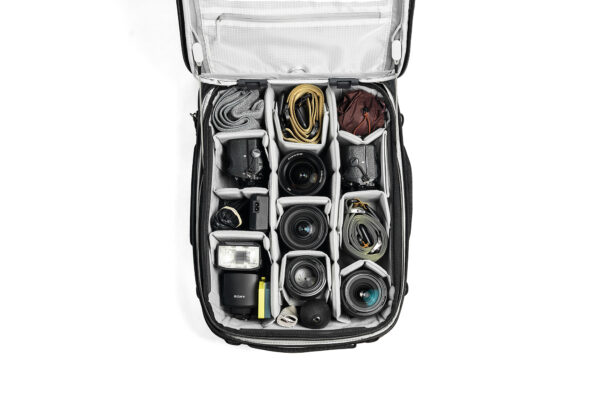In today’s world, coffee is the first beverage consumed in the morning and can be relied upon for energy to help them get through the day. For some people, the smell and taste of coffee are comforting. For them, regular coffee can relax the senses and help them wind down and calm their nerves.
Today, coffee is a culture and so much more than a morning drink. To know more about this coffee culture, let’s profile some of the major coffee-growing regions and see the geography of coffee production.
The Bean Belt, coffee growing regions
In the world, there are three primary coffee growing regions-central and south America, Africa The Middle East, and Southeast Asia. These major regions are all located between the Tropics of Cancer and Capricorn, widely known as the ‘’bean belt’’. The bean belt is comprised of the major coffee-growing regions of the world.
From Africa where it originated, the cultivation of coffee has expanded to the East and to the west to form what is known as the bean belt. The coffee belt crosses through five continents which are South America, North America, Africa, Asia, and Oceania.
The majority of coffee beans on the global market are grown on the 10 million hectares of farms in the main coffee-growing regions. While the growing conditions are similar between the countries within the coffee belt, the variations in soil, temperature, and rainfall greatly affect the coffee plant’s flavor.
Central and South America coffee regions
There are nearly two dozen coffee-producing countries in the central and south American regions. Most coffee beans in this region come from Mexico, Guatemala, Costa Rica, El Salvador, Panama, Ecuador, Colombia, and Brazil.
Brazil
Brazil is ideal geographical features that contribute to enhancing great coffee. Some of Brazil’s choice of soil and a moist and tropical climate produces amazing beans. Brazil is also the world’s most coffee-producing country.
Colombia
The South American nation is famous for its great beans. When it comes to coffee, Colombia examines all the boxes for an ideal place to increase it. It is a high height to raise and cultivate coffee with tropical, high rainfall and humidity, nutrient-rich soil, and high height.
Peru
Peru’s environment is great to cultivate Arabica beans. Its coffee regions include Cajamarca, Junin, San Martin, and Cusco. The coffee industry in Peru has been on the rise since the 1920s.
Africa and the Middle East coffee regions
Ethiopia
If you read history, you will find out that “Coffee First was discovered in the southern part of Ethiopia, now part of the province of Kaffa.” The coffee here is always enjoyable. Delicious wild coffee cherries are still the people of the tribes are cut in the hills. Most people already tried Ethiopian coffee. Its sweet berry notes completely addict people with its sweet love.
Kenya
Kenya has become an African coffee powerhouse that has a significant crop of Arabica beans. The coffee here shares many features of the region with a bright, vivid wine taste, but these beans are more prosperous, deeply separated with fruit notes.
Tanzania
Around the other side of Kilimanjaro, Tanzanian wet-processed coffees are giving Kenya a run for its money.
Uganda
Uganda is a country that grows vast quantities of Robusta, indigenous to the region and much of it wild. The political situation and relationships with neighboring port countries have also allowed some more valuable Arabic exports.
Southeast Asia
When you think of coffee production, you probably think of countries like Colombia, Brazil, and Ethiopia. But do you know that one-third of the coffee all over the world is actually produced in Asia?
Countries, including India, China, Indonesia, and Vietnam, produce some of the best and most delicious coffee in the world.
Indonesia is a shiny example of Asian coffee production. Indonesia produces 10.7 million 60 kilograms in 2019, which made the island nation as the third largest producer in the world. In Indonesia, small, distinct farms make up a large part of the country’s coffee production.
Indonesia’s coffee is world-renowned because of its bold and rich taste. Additionally, their location in the equatorial region creates an incredible growing climate that allows farmers to more easily enhance delicious Indonesian coffee beans.
Vietnam is another country that is often excluded from the coffee conversation. It is the second-largest coffee-producing country in the world. And not just Robusta Beans that are known for the country, which is famous for their chocolate and nut taste profile.








